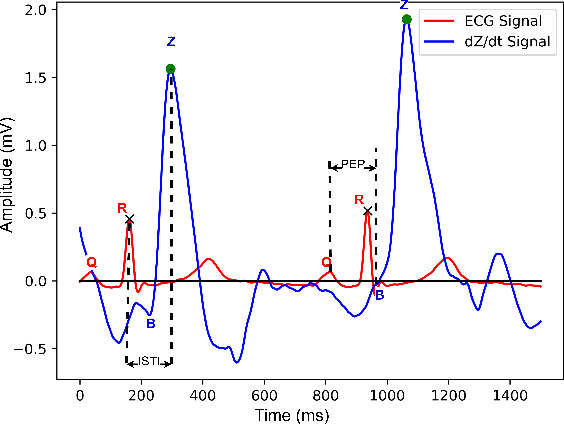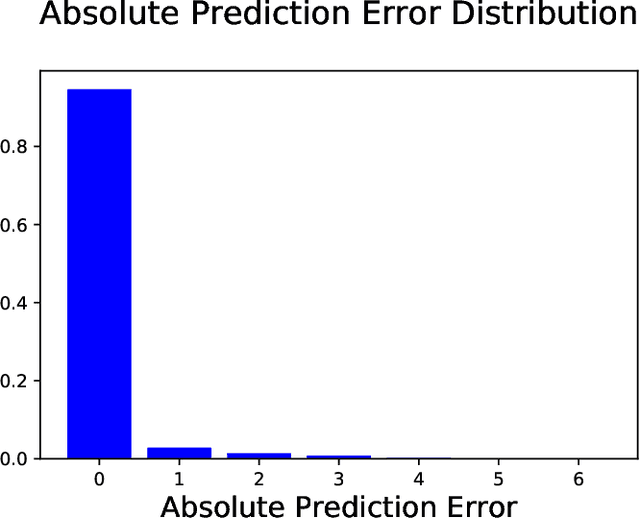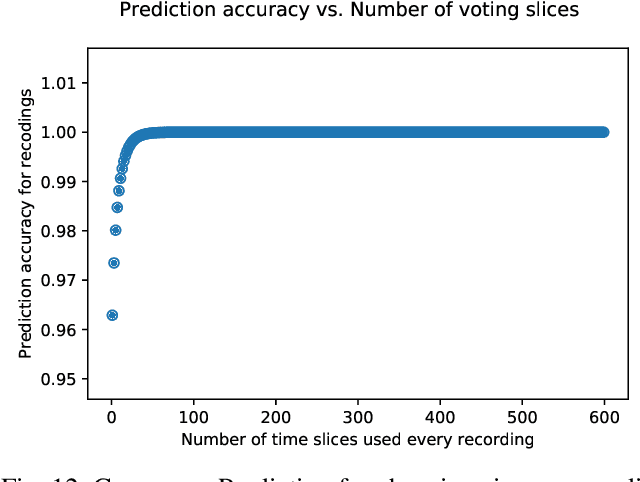Tyler Santander
StressNet: Detecting Stress in Thermal Videos
Nov 23, 2020



Abstract:Precise measurement of physiological signals is critical for the effective monitoring of human vital signs. Recent developments in computer vision have demonstrated that signals such as pulse rate and respiration rate can be extracted from digital video of humans, increasing the possibility of contact-less monitoring. This paper presents a novel approach to obtaining physiological signals and classifying stress states from thermal video. The proposed network--"StressNet"--features a hybrid emission representation model that models the direct emission and absorption of heat by the skin and underlying blood vessels. This results in an information-rich feature representation of the face, which is used by spatio-temporal network for reconstructing the ISTI ( Initial Systolic Time Interval: a measure of change in cardiac sympathetic activity that is considered to be a quantitative index of stress in humans ). The reconstructed ISTI signal is fed into a stress-detection model to detect and classify the individual's stress state ( i.e. stress or no stress ). A detailed evaluation demonstrates that StressNet achieves estimated the ISTI signal with 95% accuracy and detect stress with average precision of 0.842. The source code is available on Github.
How Much Does It Hurt: A Deep Learning Framework for Chronic Pain Score Assessment
Sep 22, 2020



Abstract:Chronic pain is defined as pain that lasts or recurs for more than 3 to 6 months, often long after the injury or illness that initially caused the pain has healed. The "gold standard" for chronic pain assessment remains self report and clinical assessment via a biopsychosocial interview, since there has been no device that can measure it. A device to measure pain would be useful not only for clinical assessment, but potentially also as a biofeedback device leading to pain reduction. In this paper we propose an end-to-end deep learning framework for chronic pain score assessment. Our deep learning framework splits the long time-course data samples into shorter sequences, and uses Consensus Prediction to classify the results. We evaluate the performance of our framework on two chronic pain score datasets collected from two iterations of prototype Pain Meters that we have developed to help chronic pain subjects better understand their health condition.
 Add to Chrome
Add to Chrome Add to Firefox
Add to Firefox Add to Edge
Add to Edge